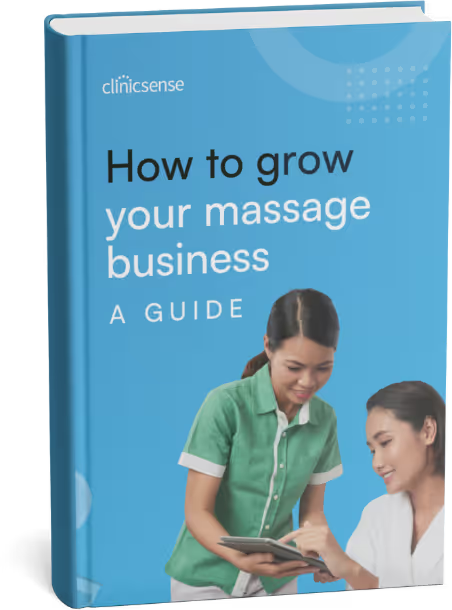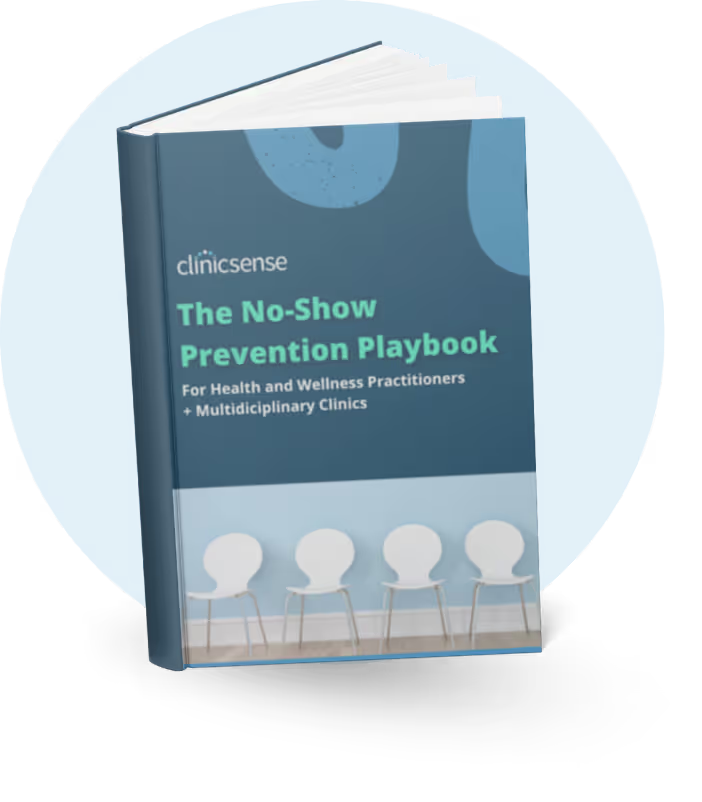Massage Therapy Business Tips
April 29, 2025

If you’re curious about offering craniosacral massage in your practice, you’re not alone. This gentle, nervous system-focused technique is gaining popularity among massage therapists for its versatility and client appeal. In this guide, we’ll break down what it is, how it works, and how to successfully add it to your services.
Craniosacral massage is a gentle, hands-on therapy that focuses on the craniosacral system—the membranes and fluid surrounding the brain and spinal cord. Using light touch, practitioners help release restrictions in the body to promote relaxation, reduce pain, and support the nervous system.
Unlike traditional types of massage that use pressure to work on muscles throughout the body, craniosacral massage involves gentle touch—about the weight of a nickel—applied only to specific areas along the head, neck, and spine. The therapist follows the body’s natural rhythms to release restrictions in the craniosacral system and support nervous system balance.

Craniosacral massage starts with light, focused touch—just enough to feel the body’s natural rhythm. The therapist gently works along the head and spine to sense where things feel stuck, then uses subtle techniques to restore fluid movement and help the body find its own balance.
Craniosacral massage can be offered as a standalone service or integrated into your existing menu of massage add-on services. It’s an ideal complement to traditional massage, especially for clients seeking a gentler, nervous system-focused approach. You can also create customized treatment packages that combine craniosacral work with other modalities to address client goals more holistically.
To successfully promote this service, it’s important to clearly communicate the unique craniosacral therapy benefits, such as deep relaxation and nervous system support, so clients understand its value and how it differs from other massage techniques.
Yes, craniosacral therapy is typically practiced by licensed professionals such as massage therapists, chiropractors, osteopaths, and physicians. Licensing requirements vary by region, but most places require a healthcare license to legally offer craniosacral therapy as a paid service.
Craniosacral therapy isn’t licensed as a standalone profession in the U.S. or Canada. Instead, it’s typically performed by professionals who are already licensed to provide hands-on care, such as massage therapists or chiropractors. In most U.S. states, CST falls under massage therapy laws, meaning a massage license is required to practice legally. In Canada, CST is unregulated as its own profession, but licensed practitioners (like RMTs) can integrate it into their scope of practice. Certification in CST is optional and not legally required, though proper training is strongly encouraged.
Craniosacral therapy certification typically requires completing a specialized training program through a recognized school. Programs vary in length but often include hands-on practice, classroom instruction, and exams. Certification is optional and not required by law, but it demonstrates professional competency.
While not legally required, certification in craniosacral therapy helps build credibility and demonstrate advanced training. Top programs include the Upledger Institute, offering CST-T and CST-D credentials, and the Biodynamic Craniosacral Therapy Association of North America, which grants the RCST® designation after extensive coursework. These certifications are designed for licensed healthcare professionals.
Craniosacral therapy can benefit people of all ages, from newborns to seniors. It’s often sought by those dealing with chronic pain, stress, tension-related conditions, neurological concerns, and developmental issues. Its gentle, non-invasive approach makes it suitable for sensitive individuals and those recovering from injury.

Craniosacral therapy supports the nervous system and encourages deep relaxation, which can help reduce the hypersensitivity and widespread pain associated with fibromyalgia. For those with chronic fatigue, the gentle touch may promote better sleep, lower stress, and support the body’s natural healing and energy regulation.
Craniosacral therapy may help relieve headaches and migraines by gently releasing restrictions in the craniosacral system, improving the flow of cerebrospinal fluid, and reducing tension in the head and neck. This calming effect on the nervous system can ease pressure and promote long-term relief.
By creating a safe, calming environment for the body, craniosacral therapy can help regulate the nervous system and ease the physical effects of emotional stress. Its light-touch approach supports relaxation, reduces tension, and may enhance the body’s capacity to cope with anxiety and low mood.
Tension and restrictions in the craniosacral system can contribute to persistent discomfort in the neck and back. Craniosacral therapy uses gentle techniques to release those restrictions, improve spinal fluid flow, and reduce underlying strain—often leading to greater mobility and lasting pain relief.
Craniosacral therapy can gently address tension and imbalances in the jaw, head, and surrounding fascia that contributeto TMJ dysfunction. By promoting alignment and easing pressure in the cranial bones, this approach may reduce pain, clicking, and restricted movement in the jaw.
Craniosacral therapy focuses on improving the function of the craniosacral system, which directly supports the brain and spinal cord. By gently relieving restrictions around these structures, it may enhance fluid movement, reduce tension, and support overall nervous system health in those with central nervous system disorders.
While not a cure, craniosacral therapy may support recovery from brain and spinal cord injuries by easing tension in surrounding tissues, promoting circulation of cerebrospinal fluid, and encouraging the body’s natural healing processes. Its gentle approach is often well-tolerated, even in sensitive or post-acute phases.
Craniosacral therapy can complement treatment for orthopedic issues by addressing tension patterns and restrictions that affect posture and movement. By supporting structural balance and enhancing the body’s self-correcting mechanisms, it may help reduce pain, improve mobility, and promote more efficient healing after injuries or surgeries.
Craniosacral massage for PTSD offers a gentle, trauma-sensitive approach that helps calm the nervous system without overwhelming touch. By promoting stillness and safety in the body, it can support emotional regulation, ease physical tension, and create space for healing from past trauma.
Craniosacral therapy is often used to support a range of infant and childhood concerns, including colic, nursing and feeding difficulties, sleep disturbances, chronic ear infections, developmental delays, sensory processing issues, torticollis, teething discomfort, and excessive crying. Its gentle approach makes it well-suited for even the youngest clients.
To successfully add craniosacral therapy to your massage services, focus on educating clients about its benefits, target the people who need it most, and make it easy to book. A few simple updates to your setup can help this gentle therapy grow in your practice.
Adding a new service like craniosacral therapy doesn’t have to be complicated. Start by thinking about who it’s really for—clients dealing with stress, headaches, tension, or who just need something deeply calming. If you’re wondering how to get more massage clients, this is a great niche to focus on. Talk about the benefits on your website, in your emails, and during sessions. When clients start feeling the difference, ask them to share their experience and refer a friend. It’s one of the easiest ways to promote your massage services without feeling salesy.
On the back end, a few small tweaks can make everything run smoother. Create a custom template in your massage therapy SOAP notes so you’re not starting from scratch each time. Update your massage therapy software with clear service descriptions, pricing, and booking options. If you’re shopping around, look for a platform that offers a SOAP notes free trial so you can test things out before committing. When you make it simple to book and easy to understand, more people will give craniosacral massage a try—and keep coming back for it.


.avif)
.avif)
.avif)









For 14 days